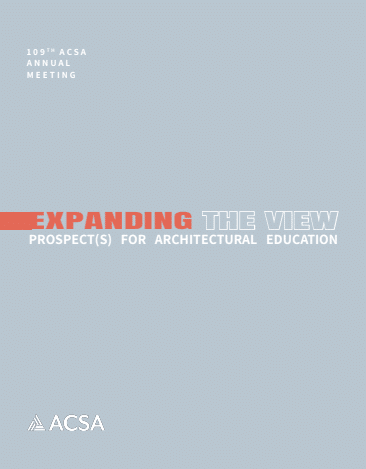Author(s): Olivier Vallerand
Definitions of “queer” vary greatly, from activist to theoretical to mainstream discourses. In turn, architectural theorists, historians, and practitioners have used “queer space” to discuss both political challenges to architectural education and disciplinary knowledge and aesthetic challenges to formal conventions. Furthermore, as built examples of queer approaches to design have been very limited, writing has stayed a major mode of expression of queer thinking in architecture. This paper explores how different queer space theorists have used writing, linking essays and exhibitions, performances, and built spaces to understand the tensions between different understandings of “queer space” since their emergence in the 1980s. The paper focuses on untangling how theorists and practitioners link ethics and aesthetics, queer political activism and queer theory, through their writing methods, highlighting, challenging or reinforcing (and sometimes all at the same time) the relation between these different modes of action, between formal and social critiques. Building on the idea that challenges to traditional forms of designing or writing highlight the social normativity of those forms, many have sought to propose new ways of thinking about how one experiences space. However, in writing as in designing, balancing the formal and social critiques brings tension. I argue here for a renewed focus on identifying the objectives behind queer modes of writing in architecture in order to assess their limits and, by extension, more productively use those limits.
https://doi.org/10.35483/ACSA.AM.109.38
Volume Editors
ISBN
978-1-944214-37-1

 Study Architecture
Study Architecture  ProPEL
ProPEL 
